Bridging Rust and Legacy Code in Automotive Software: Veecle's Certified Solution
In the rapidly evolving landscape of automotive software development, car manufacturers are increasingly drawn to the potential of new programming languages like Rust, celebrated for its memory safety, efficiency, and the promise of elevating software reliability to unprecedented levels. Yet, the transition towards incorporating Rust into their ecosystems presents a daunting challenge—how to reconcile this modern language with the vast seas of legacy code that form the backbone of existing automotive systems.
Legacy code, predominantly written in C or C++, represents the culmination of countless hours of development and rigorous certification processes, embedding a level of reliability and stability that manufacturers are hesitant to disturb. The integration of Rust, despite its compelling advantages, necessitates a delicate balance that respects the integrity of these time-tested systems while unlocking the benefits of modern language features. This dichotomy underscores the critical need for a bridge—a solution capable of seamlessly blending the safety and efficiency of Rust with the established, trusted foundation of legacy automotive software.
Veecle's Innovative Bridge: Certified Safety and Efficiency
At the heart of this groundbreaking endeavor stands Veecle, and we spoke to Stefan about how the company has introduced an innovative solution that is poised to transform the landscape of automotive software development. This solution, a certified software bridge, ingeniously facilitates safe interactions between Rust code and legacy drivers, marking a pivotal advancement in the integration of modern programming practices with established automotive software systems.
The technical workings of Veecle's bridge are a marvel of engineering. It operates by compartmentalizing old school C code and Rust code into separate domains, effectively isolating them to prevent any unintended interactions that could compromise system integrity. This isolation ensures that the robust memory safety features of Rust can be leveraged without disrupting the functionality of legacy systems that have been the industry standard for years. By doing so, Veecle's bridge achieves a harmonious balance between maintaining the reliability and efficiency of legacy code and harnessing the innovative potential of Rust, thereby paving the way for a new era of automotive software development that does not have to compromise on safety or efficiency.
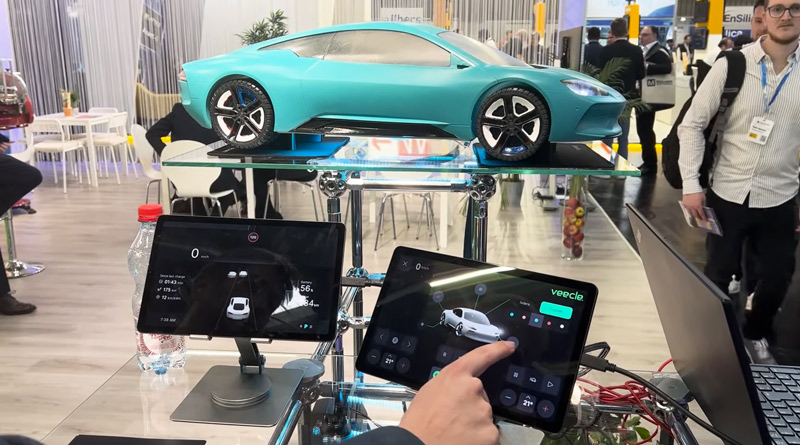
The Importance of Memory Safety in Automotive Software
Memory safety stands as a critical issue effecting all levels of automotive software development, where the stakes include not only the functionality and efficiency of vehicles but also the safety and lives of passengers. Memory-related errors in software can lead to vulnerabilities, system crashes, or unintended behavior, which, in the context of automotive applications, could have dire consequences. Rust, with its focus on memory safety, addresses these concerns head-on, offering a layer of security that is becoming increasingly indispensable in the development of modern automotive software.
Veecle's innovative bridge plays a crucial role in this safety paradigm by ensuring that the integration of Rust into automotive systems does not compromise the reliability of legacy code written in C or C++. Through its certified and carefully designed architecture, the bridge isolates Rust code from the traditional C/C++ codebase, allowing for safe interaction between the two. This isolation not only preserves the integrity and reliability of the legacy systems but also leverages the memory safety features of Rust to enhance the overall safety of the automotive software ecosystem. The result is a synergistic blend of new and old that brings together the best of both worlds—modern programming language advancements in memory safety with the proven reliability of established automotive software frameworks.
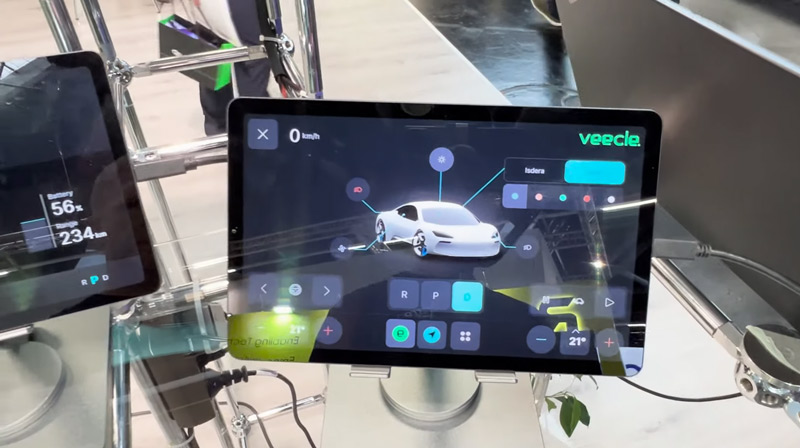
The Type State API: Preventing Logical Errors
One of the most innovative features of Embedded Rust, as highlighted by Stefan from Veecle, is TypeStates. This distinctive aspect of the language offers a robust mechanism for preventing logical errors in code, a common pitfall in software development that can have particularly serious implications in the automotive sector. The Type State API enables developers to encode state information into the types of their variables, effectively using the type system to enforce correct program behavior.
For example, consider the scenario of controlling a car's transmission through software. Using Rust TypeStates, developers can define types that represent the car being in a specific gear, and the compiler will enforce transitions between these states to be valid. This means it would be a compile-time error to attempt to shift the car directly from reverse to drive without first going through a neutral state, preventing a class of logical errors that could otherwise lead to unsafe vehicle operation. By leveraging this feature, automotive software can achieve a higher level of reliability, ensuring that only logically coherent actions are permissible through the type system itself.




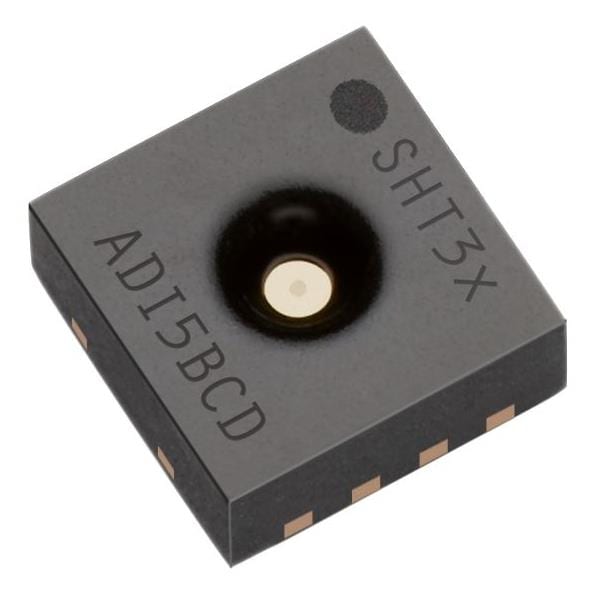



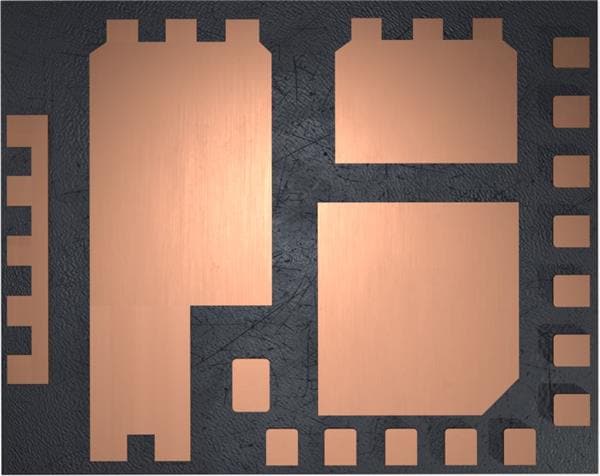
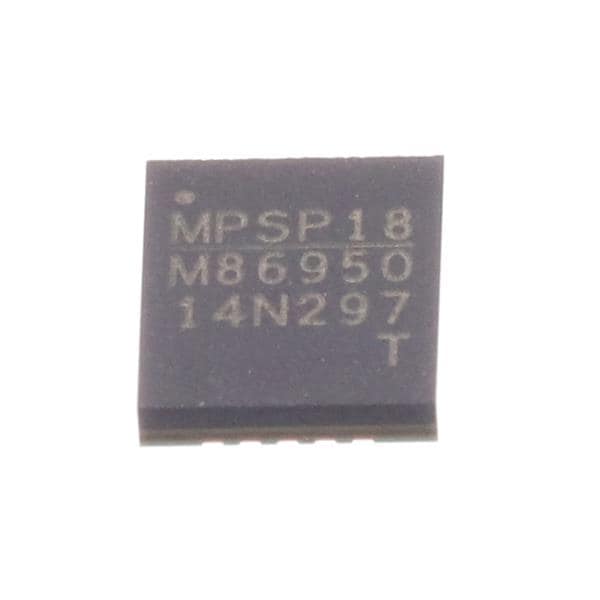


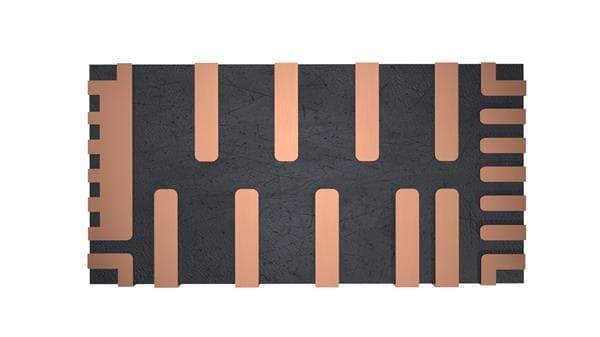
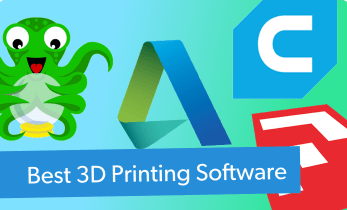



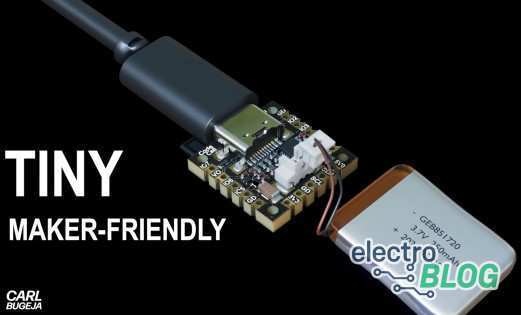

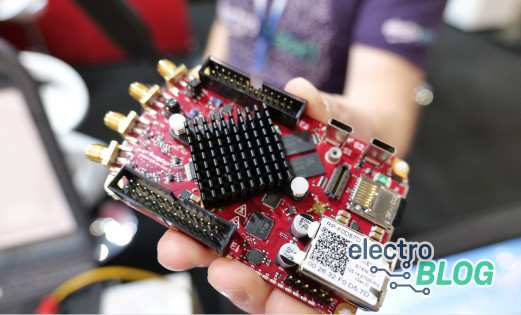


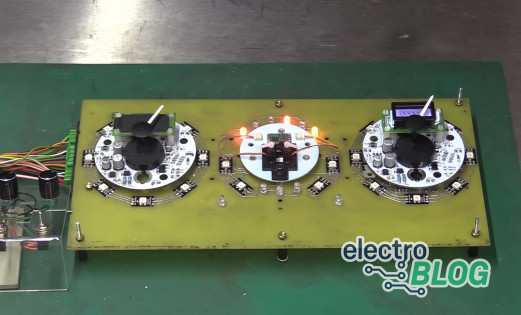

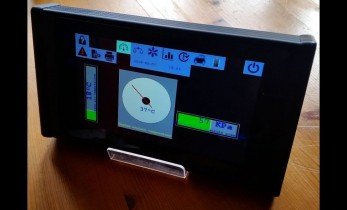

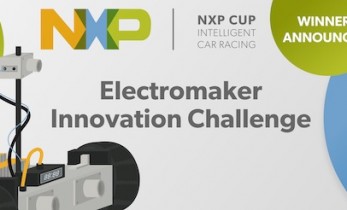


Leave your feedback...